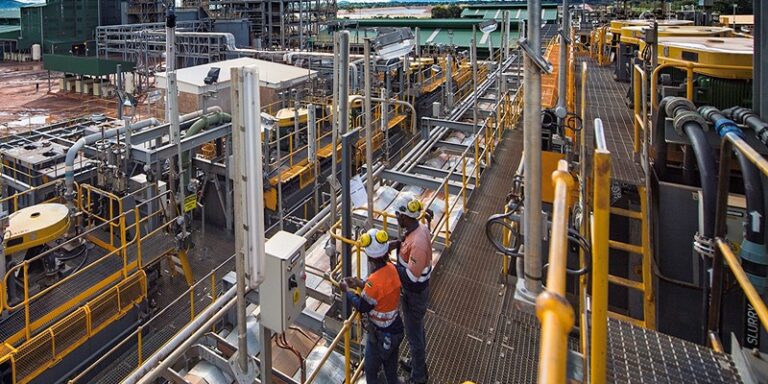
The average price of lithium-ion battery packs for electric vehicles (EVs) has fallen by 20% in 2024 to $115 per kilowatt-hour (kWh)—the steepest price decline since 2017, according to BloombergNEF (BNEF).
This reduction paves the way for battery costs to drop below the critical $100/kWh threshold by 2026, potentially achieving price parity between EVs and combustion engine vehicles.
Key Findings from the BNEF Analysis
BNEF’s annual analysis, based on 343 data points covering batteries for electric cars, buses, and trucks, highlights:
- A 75-kWh battery now costs approximately $8,625 (or €8,220), while a 50-kWh pack costs $5,750 (€5,480) on average.
- This is a significant reduction from 2020, when battery prices averaged $140/kWh, making these batteries 20–30% more expensive at the time.
- The price drop in 2024 reflects various factors, including falling raw material prices and overcapacity in battery production.
While the transition to more affordable lithium iron phosphate (LFP) cells contributes to cost reductions, BNEF notes that additional factors, such as declining costs of components and raw materials, have amplified the effect.
BNEF reports that global battery production is set to exceed demand significantly. For instance, China alone is expected to produce enough battery cells in 2024 to meet 92% of the world’s total demand of 1.2 terawatt-hours (TWh) for EVs and stationary storage. This surplus is forcing manufacturers to lower prices to compete.
- LFP Battery Prices: In China, LFP battery pack prices have already dropped to $75/kWh, with cell-level costs averaging $53/kWh.
- Oversupply has also placed smaller manufacturers under pressure, as they face competition from larger firms willing to cut margins to secure market share.
The $100/kWh benchmark is widely considered the tipping point where EVs become as affordable—or even cheaper—than combustion-engine vehicles. Based on current trends, BNEF forecasts battery pack prices will fall below this mark by 2026 and continue declining to approximately $69/kWh by 2030.
In China, where battery prices are already below the $100/kWh level, battery-electric vehicles are reportedly less expensive on average than their petrol-powered counterparts.
Despite the promising outlook, the report highlights geopolitical and economic challenges, such as changing tariff systems and trade restrictions, particularly between the United States and China. These factors could disrupt supply chains and hinder cost reductions.
Additionally, aligning battery production with EV manufacturing remains critical to avoid sustained overcapacity, which could harm smaller suppliers and create market instability.
The steep decline in lithium-ion battery prices marks a significant milestone in the EV industry’s transition toward affordability and widespread adoption.
With price parity on the horizon, the next few years could see a major shift in consumer preferences and global vehicle markets.







